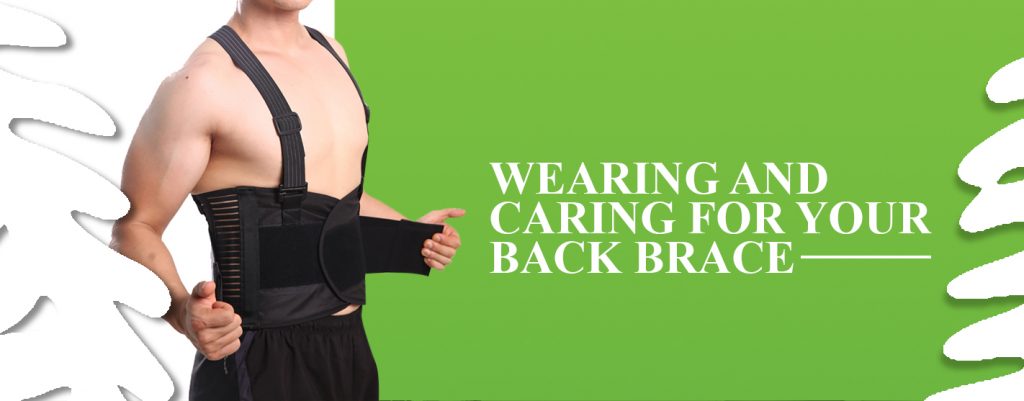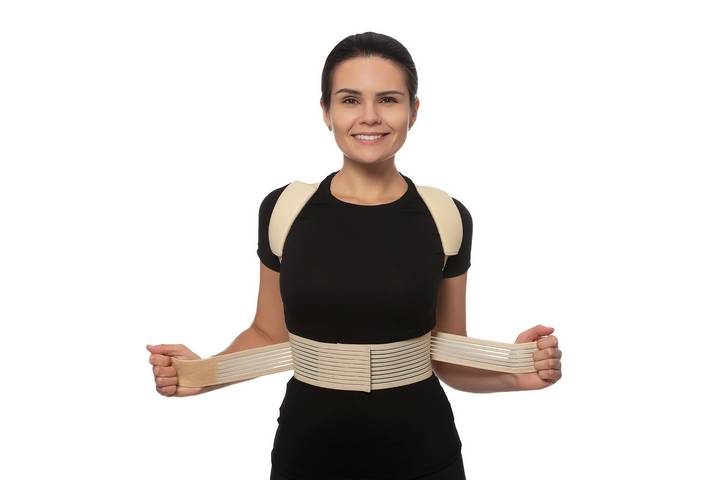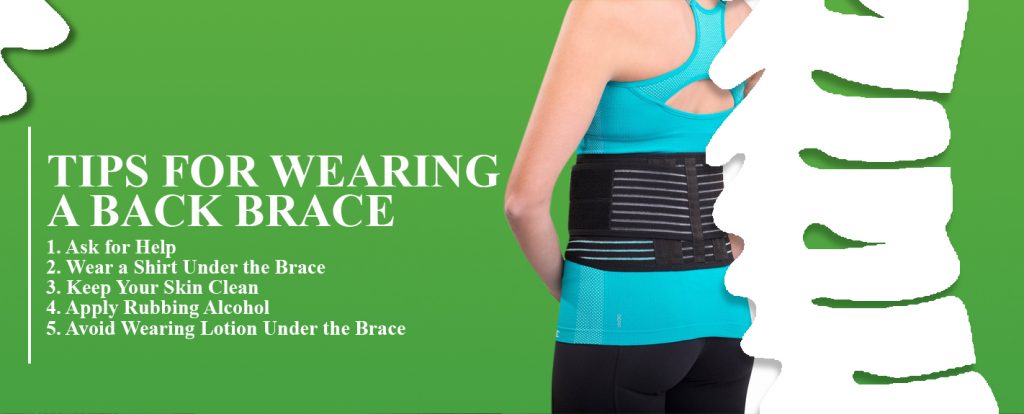How To Properly Wear A Back Brace

Back braces, often prescribed to alleviate pain and provide support for various spinal conditions, are only effective when worn correctly. Improper use can not only negate their benefits but potentially exacerbate the underlying issue or create new problems.
This article details the proper methods for wearing a back brace, ensuring individuals receive the intended therapeutic support and avoid potential complications. It's based on expert recommendations and established best practices in orthopedic care.
Understanding Your Back Brace
Back braces are not one-size-fits-all. Different types address different needs, from providing rigid support after surgery to offering flexible compression for muscle strains.
It is crucial to consult with your physician or a qualified orthotist to determine the appropriate type of brace for your specific condition. They will guide you on the specific features and intended function of your prescribed brace.
Types of Back Braces:
- Rigid Braces: Offer maximum immobilization, often used post-surgery or for severe spinal instability.
- Semi-Rigid Braces: Provide a balance of support and flexibility, suitable for moderate back pain or injury.
- Flexible Braces (Corsets): Offer compression and support for muscle strains and mild back pain.
The Importance of Proper Fit
A properly fitted back brace is paramount to its effectiveness. A brace that is too loose will not provide adequate support, while one that is too tight can restrict circulation and cause discomfort or skin irritation.
Your healthcare provider or orthotist will initially fit the brace and instruct you on how to adjust it correctly. Follow their specific instructions meticulously.
Key Fitting Considerations:
The brace should conform to the natural curves of your spine, providing even support. Avoid over-tightening. You should be able to comfortably breathe and move within a limited range.
Check for any pressure points or areas of rubbing. If you experience persistent discomfort, consult your healthcare provider for adjustments.
Ensure the brace's panels or stays are properly aligned with your spine, as directed by your healthcare professional. Misalignment can lead to uneven pressure and ineffective support.
Step-by-Step Guide to Wearing a Back Brace
While specific instructions may vary depending on the type of brace, here's a general guide to properly wearing one. Always defer to your healthcare provider's instructions first.
- Preparation: Wear a thin, close-fitting shirt underneath the brace to protect your skin and absorb moisture.
- Positioning: Stand or sit upright. Center the brace on your back, ensuring the spine is aligned with the brace's central support structure.
- Fastening: Secure the brace according to the manufacturer's instructions, usually involving straps, buckles, or Velcro closures.
- Adjustment: Tighten the straps gradually, ensuring a snug but comfortable fit. Avoid over-tightening.
- Testing: Move around gently to ensure the brace provides adequate support and does not restrict breathing or cause discomfort.
Wearing Schedule and Duration
The duration and frequency of brace wear will be determined by your healthcare provider. Follow their instructions diligently.
Some braces are intended for continuous wear, while others are only used during specific activities or for limited periods. Gradually weaning off the brace is often recommended as your condition improves.
Important Considerations:
- Follow your doctor's instructions: Adhere to the prescribed wearing schedule.
- Monitor your skin: Check for any signs of irritation or breakdown.
- Maintain hygiene: Clean the brace regularly according to the manufacturer's instructions.
Potential Problems and Solutions
Despite proper fitting and wear, some individuals may experience issues with their back brace. Here are some common problems and potential solutions.
Skin irritation can occur due to friction or pressure. Ensure you are wearing a clean, moisture-wicking shirt underneath the brace. Consult your doctor if irritation persists.
Discomfort or pain may indicate improper fit or over-tightening. Loosen the brace slightly and ensure proper alignment. If pain persists, seek professional advice.
Breakdown of the brace material can occur over time. Inspect the brace regularly for wear and tear and replace it if necessary.
The Long-Term Perspective
Wearing a back brace is often part of a comprehensive treatment plan that may include physical therapy, medication, and lifestyle modifications. The brace is a tool to support healing and manage pain.
Do not rely solely on the brace. Active participation in your treatment plan is crucial for long-term recovery and improved spinal health.
Regular exercise, proper posture, and a healthy weight can contribute to strengthening your back muscles and preventing future problems.
Ultimately, proper back brace wear is essential for maximizing its therapeutic benefits and minimizing potential risks. Adhering to your healthcare provider's instructions, ensuring a correct fit, and maintaining proper hygiene are key to a successful outcome.
If you have any questions or concerns about your back brace, don't hesitate to seek guidance from your physician or orthotist. They are your best resources for personalized advice and support.
![How To Properly Wear A Back Brace How To Properly Wear A Back Brace For Maximum Support [Tips]](https://loaids.com/wp-content/uploads/2023/06/How-to-properly-wear-a-back-brace-for-maximum-support-Facebook-Ad.jpg)
![How To Properly Wear A Back Brace How To Properly Wear A Back Brace For Maximum Support [Tips]](https://loaids.com/wp-content/uploads/2023/05/back-brace-1-800x723.jpg)

![How To Properly Wear A Back Brace How To Properly Wear A Back Brace For Maximum Support [Tips]](https://loaids.com/wp-content/uploads/2023/06/Tips-to-Properly-Wear-a-Back-Brace-for-Maximum-Support--533x800.jpg)
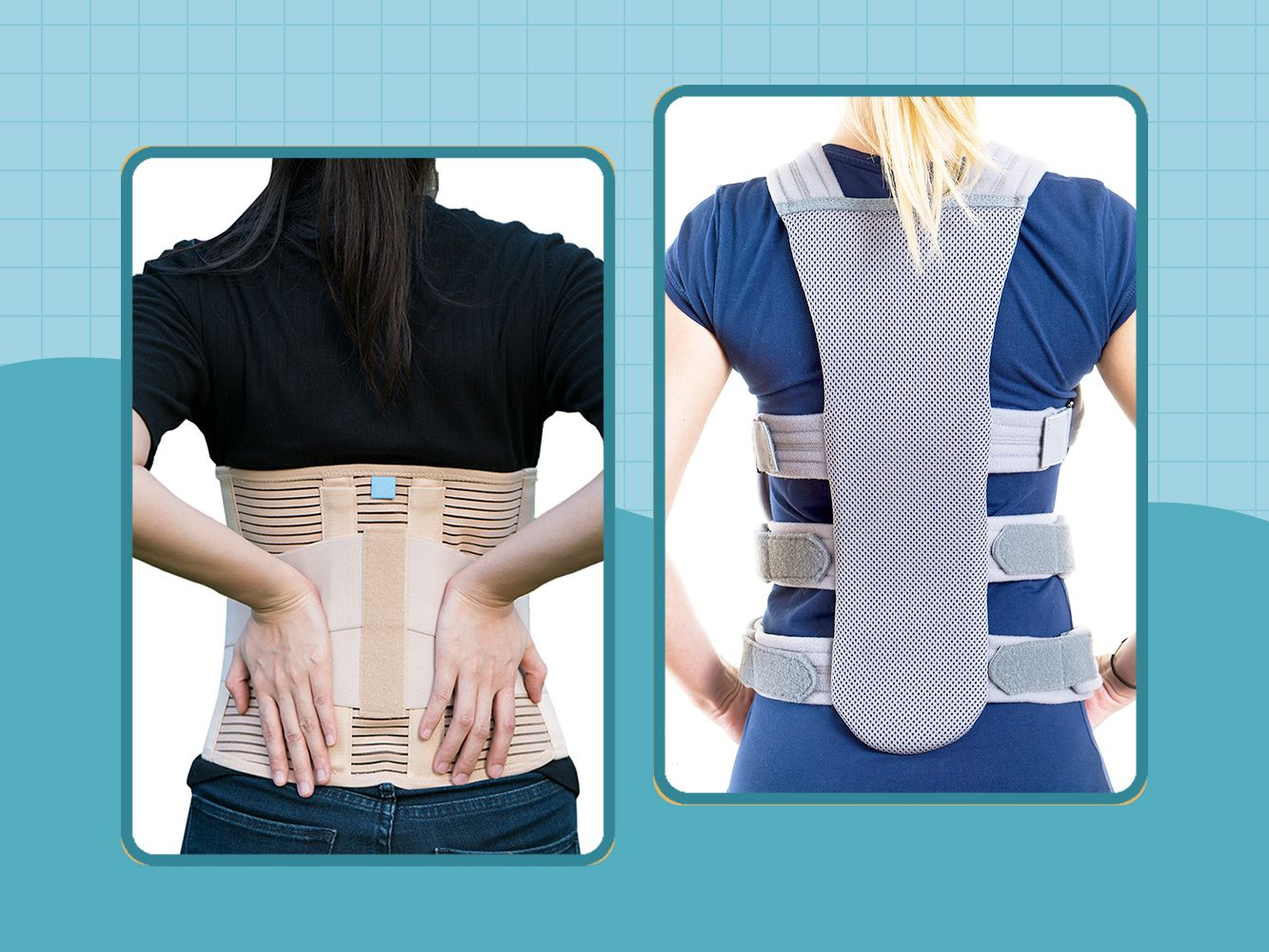
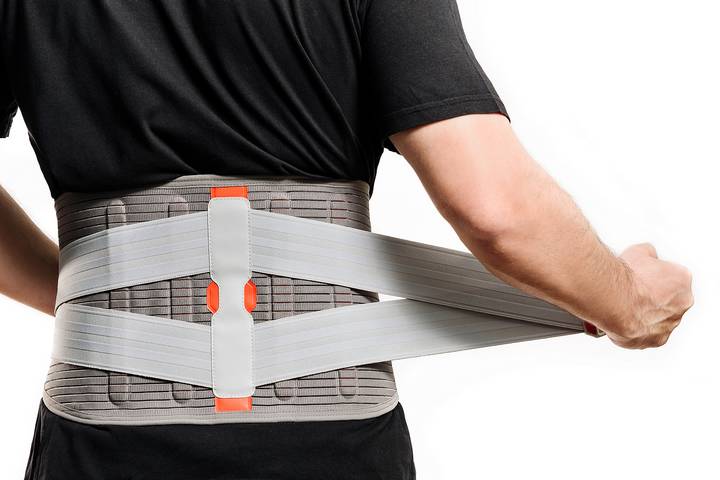



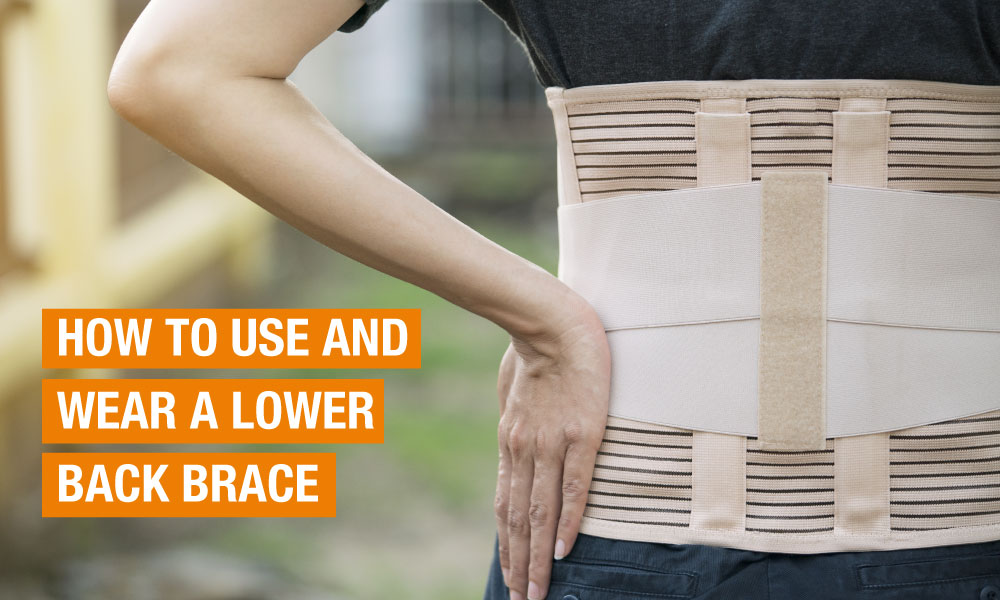
/VW-Health-v1-The-7-Best-Back-Braces-of-2021-4582908-primary-fc29e7eed1d3455e82aa85b7fbe94f45.jpg)
